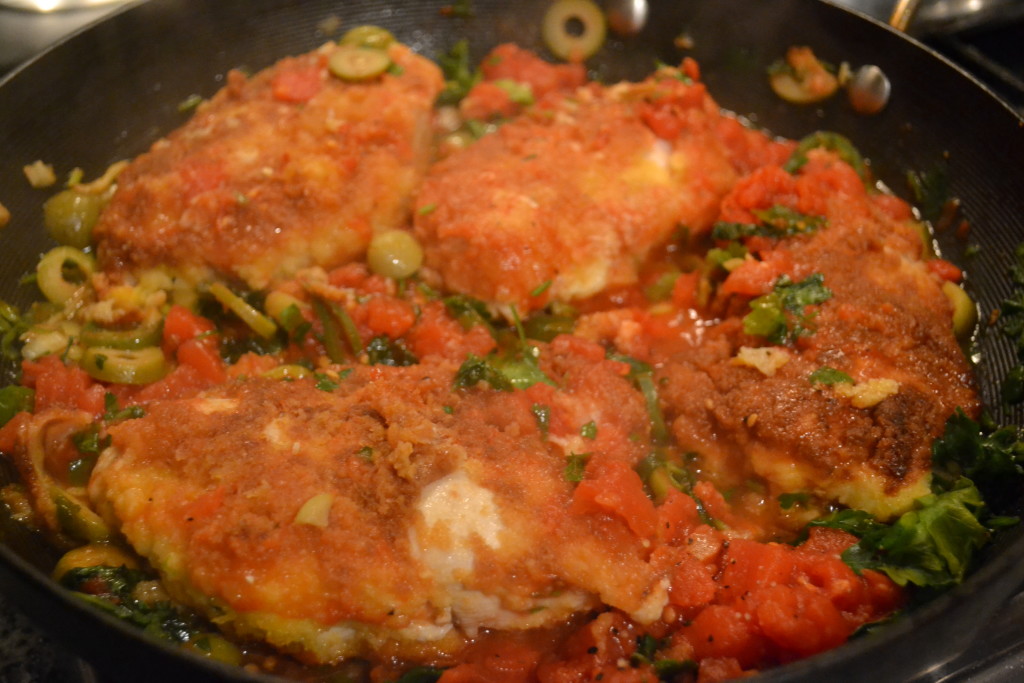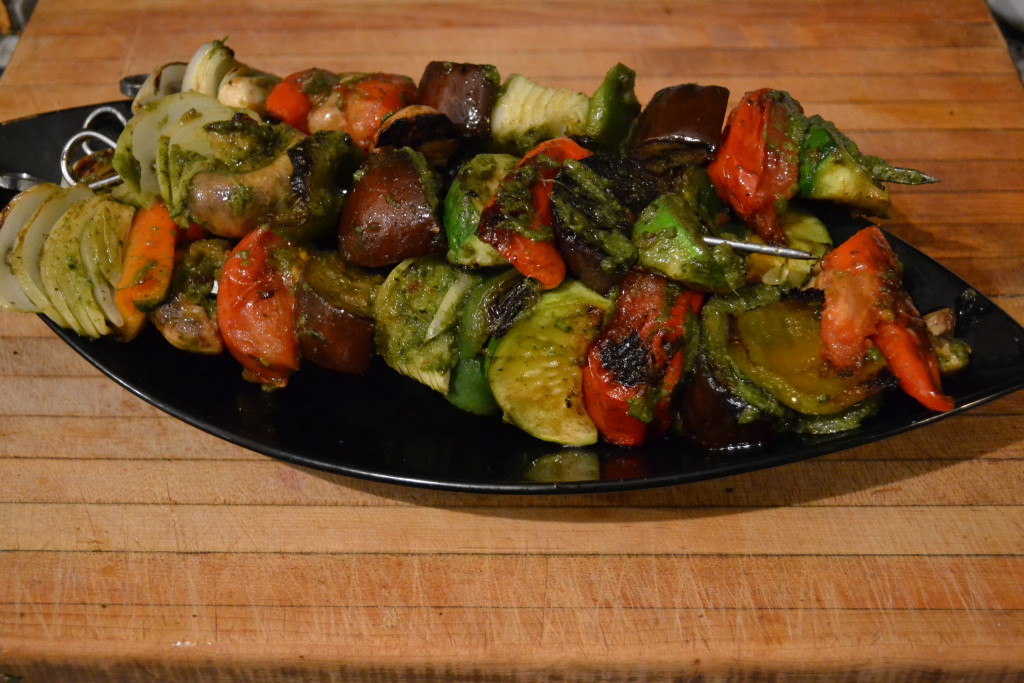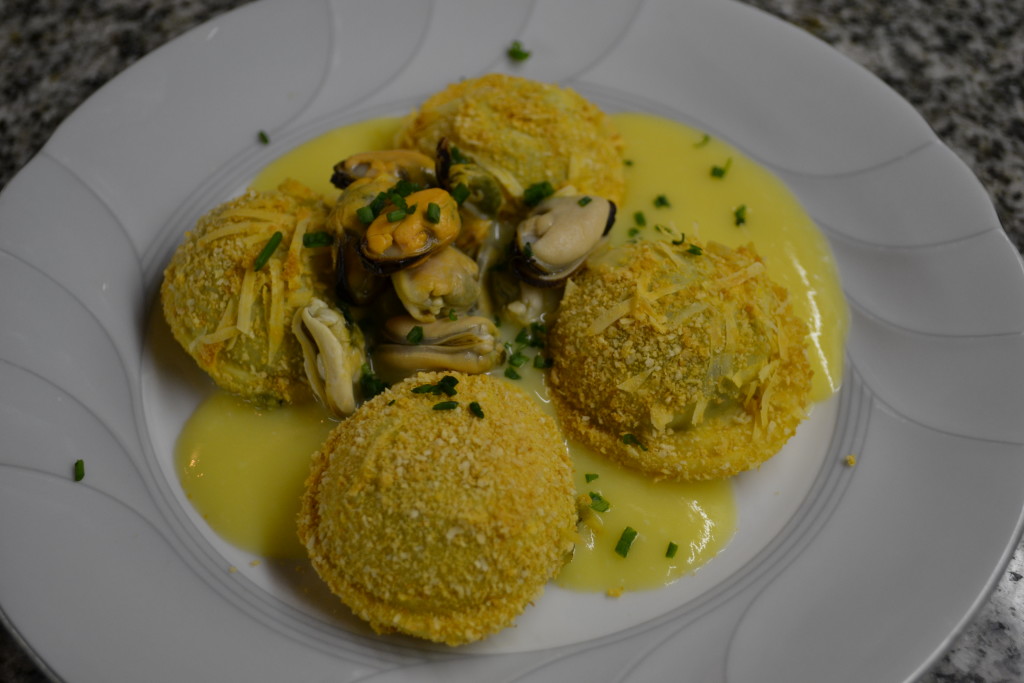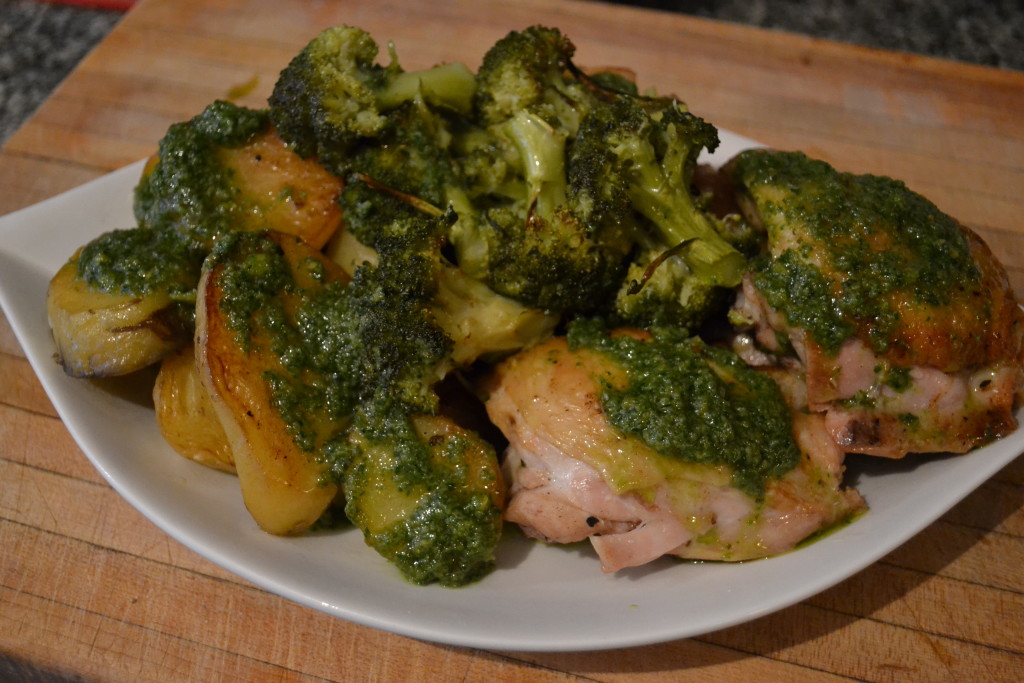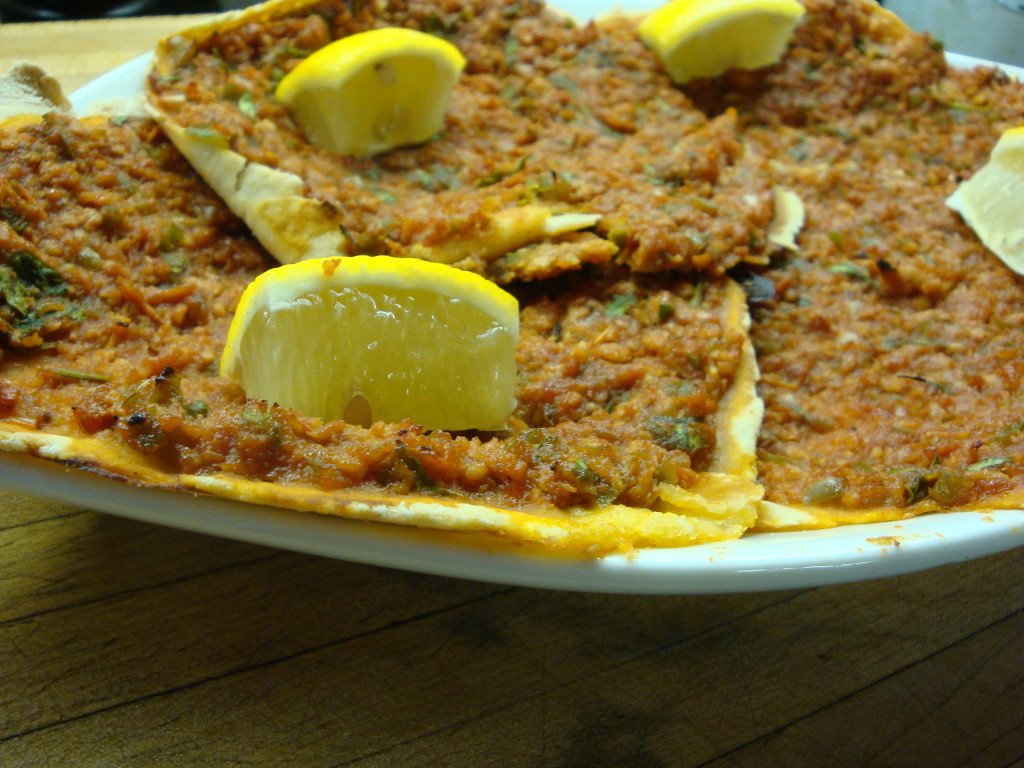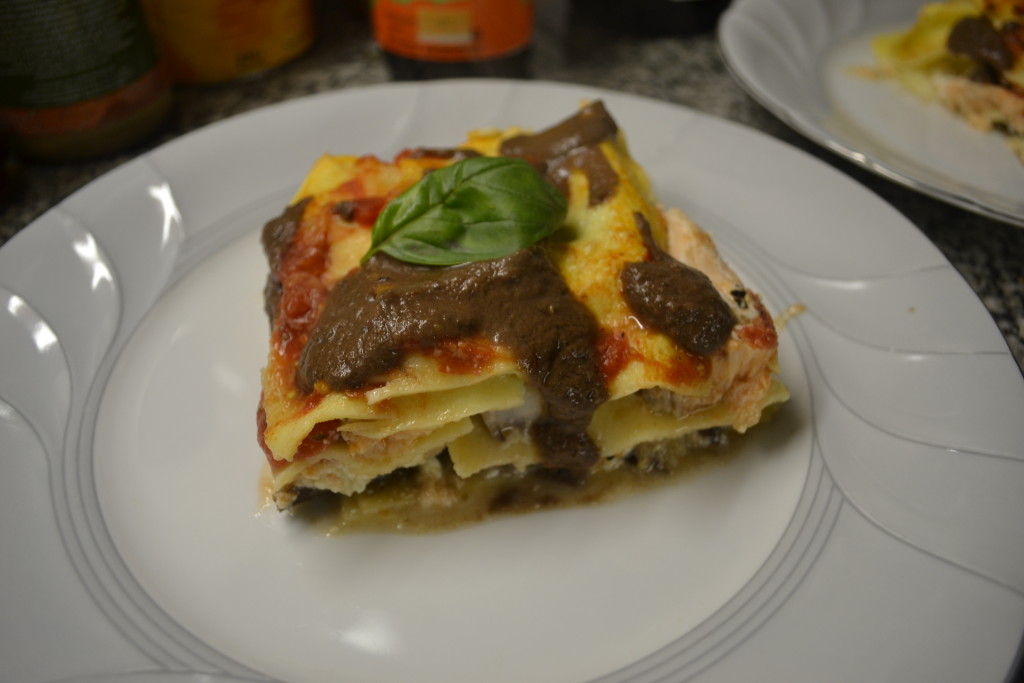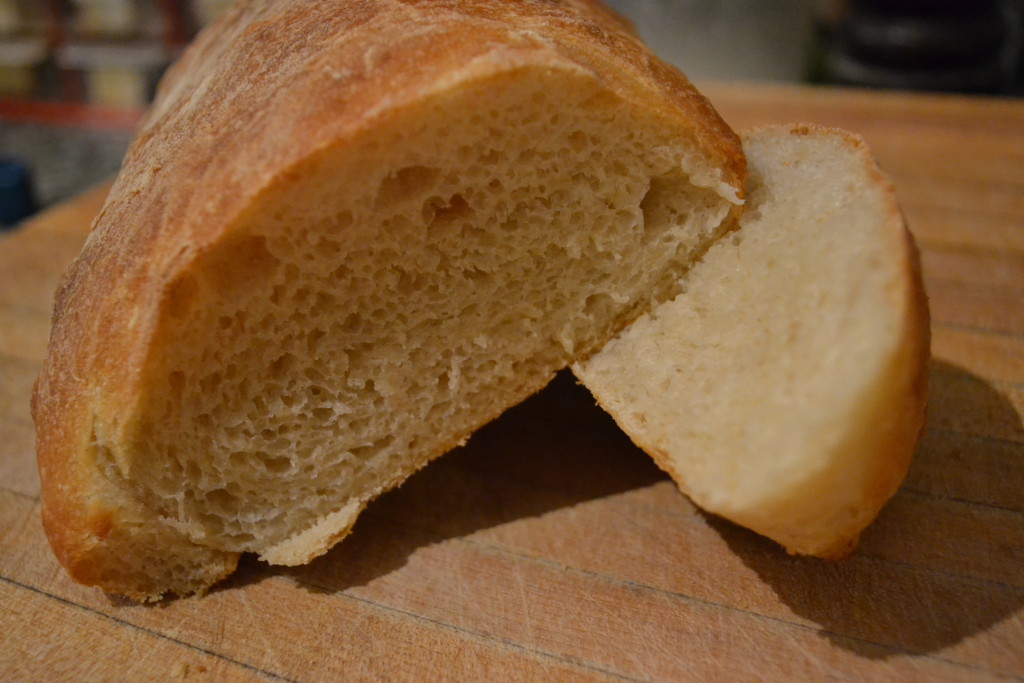Getting all medieval on your chicken
On Sunday supplement
Food and Wine
While fried chicken is, in many people’s minds, automatically associated with the southern United States, it’s certainly not the origin. There’s enough archaeological evidence to trace deep-frying chicken back to the medieval era and likely before. Throughout that time period and throughout both Eastern and Western Europe, folk were frying up chickens and other birds with abandon. Recipes were already codified, which would indicate that they had long histories by that time period.
In the U.S., the dish was introduced by the Scots, many of whom settled throughout the south. Being the epoch of slavery, it’s not surprising that the serving class, mostly black, were the ones tasked with making the dish. And, as with many dishes, they put their own spin, based on the spices and flavor combinations they brought with them from the African repertoire, on it. The close association with the community was furthered by the fact that chickens were often the only animal they were allowed to keep and cook for themselves, lending to more and more innovation.
But back to Europe and, perhaps, the origins. Even that is in doubt – after all, the domestic chicken is a crossbred animal imported from southeast Asia, and there are certainly fried version of fowl in the various canons of cooking from that region of the world. One of the most popular dishes in Indonesia is ayam goreng, which is, well, fried chicken. So who fried that first chicken? We’ll never know, and in truth, we’ll probably never really care. We just like to eat it.
In this week’s column we’re headed to a traditional pollo fritto from Italy, and in particular a version from the south central regions – probably originating somewhere around Umbria, back in time. It’s not a common dish these days because it’s fairly picante, and over the last century or so many of those old spicy dishes have been left by the wayside. I mean, try to find a good spaghetti all’assassino anywhere outside of some small villages in Basilicata. Much like here in Argentina where over time, many of those older, more fuerte dishes, seem to have been dropped from the repertoire. Hmm, there’s an idea for some future columns, bringing back some of those older, more “puta pario” dishes that local friends tell me their grandparents used to make.
So, let’s, to quote a TV chef of note, kick it up a notch, and “bam”, put out a spread of some spicy fried chicken.
Spicy Green Olive Chicken
4 chicken breasts, butterflied or pounded flat
60 grams flour
1 egg, beaten with 25 ml milk
100 grams breadcrumbs (panko are best)
25 grams grated hard cheese
1 standard can plum tomatoes (roughly 240 grams) – peeled and crushed
4 garlic cloves, sliced
12 green olives, pitted and sliced
4 hot chilies, sliced
50 ml balsamic vinegar
good handful of mixed herbs, chopped (parsley, oregano, basil are good choices)
50 ml olive oil
Make a mixture of the breadcrumbs and cheese. Dip the chicken pieces in flour, then in beaten egg, then in the breadcrumb mixture. Fry in oil until lightly browned. Add the garlic, olives and chiles to the pan and continue to cook for 3-4 minutes. Add the tomatoes and balsamic vinegar and cook, turning the chicken over every minute or two, until you’re sure it’s cooked through – about another 5-6 minutes. Add the herbs and serve – our favorite accompaniment to this is either a simple pasta, or better yet, some baked macaroni and cheese.
A series of recipes and articles that I started writing for the Buenos Aires Herald Sunday supplement, Food & Wine section, at the beginning of 2012. My original proposal to them was to take local favorite dishes and classics and lighten them up for modern day sensibilities. We’re not talking spa or diet recipes, but at the very least, making them healthier in content, particularly salt, fat and portion size. As time went by, that morphed into a recipe column that, while emphasizing food that is relatively “good for you”, wasn’t necessarily focused on local cuisine. At the beginning of 2013 I decided to stop writing for them over some administrative issues, but it was fun while it lasted.
